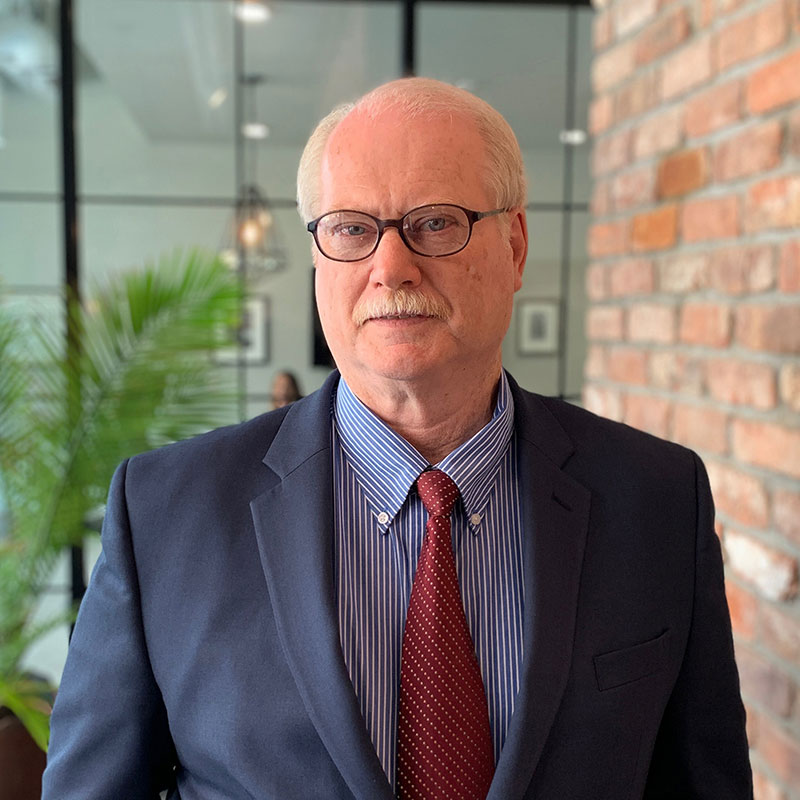LEARN ABOUT REVIVER STATUTES THAT ARE CROPPING UP ACROSS THE COUNTRY AND HOW INSURANCE ARCHEOLOGY IS FINDING APPLICABLE INSURANCE COVERAGE FOR THESE CLAIMS
BY: KRISTEN DRAKE
Churches, school districts and youth-based organizations across the country continue to face new claims of childhood abuse or molestation from survivors, due to increasing legislation in certain jurisdictions related to ‘reviver’ or ‘window’ statutes. Although named more specifically in each applicable state, reviver statutes in general are intended by lawmakers to give victims more time to make such allegations, outside of established statute of limitations parameters. Amidst the high-profile news stories of abuse claims against the American Gymnastics Association, The Boy Scouts of America, and the Roman Catholic Church, an increasing number of claims are also being made by abuse survivors against much smaller institutions. PolicyFind has been assisting survivors and these institutions across the country by conducting Confidential Insurance Archeology® and finding applicable insurance coverage from the past.
NEW YORK’S CHILD VICTIMS ACT (CVA)
An early and well-known reviver statute in the State of New York is called the Child Victims Act (CVA), which was enacted in August of 2019. The CVA was crafted by lawmakers to allow victims of childhood sexual abuse a one-year lookback window to commence civil actions, previously time-barred, against public and private institutions. The CVA was ultimately extended an additional year due to COVID-19. The Child Victims Act window closed on August 14, 2021, with nearly eleven thousand lawsuits filed.
SIMILAR ‘REVIVER’ OR ‘WINDOW’ STATUTES IN OTHER STATES
Another state that was early to enact a reviver statute was New Jersey. The legislation (S-477) was enacted on December 1, 2019 and extended the civil statute of limitations for survivors of child sexual abuse. This extension opened a two-year window for those alleging abuse and sunset in December of 2021.
Earlier in 2021, Colorado’s governor signed into law a three-year look-back window that eliminates the civil statute of limitations for sexual assaults to include both minors and adults. This law provides that civil suits can be made for abuse claims dating back to 1960, it limits damages that can be awarded depending on the defendant type.
Most recently, on August 1, 2021, Louisiana opened a three-year window for survivors of childhood sexual abuse to seek damages in civil court; and, in Maine, a permanent revival window has opened to include all expired claims of child sexual abuse.
HOW INSURANCE ARCHEOLOGY CAN BE VALUABLE DURING REVIVER STATUTE PROCEEDINGS
As reviver statutes become more prevalent, smaller institutions and organizations, like schools, churches, and foster care agencies, are facing civil actions with allegations dating back decades. Occurrence-based CGL policies issued during the time period in which the alleged abuse occurred are being triggered by the policyholding institutions with increasing frequency. Since the time of interest in reviver statute claims is oftentimes at least 40 years ago, the tricky part is actually finding those old CGL policies.
While the respective windows to file civil lawsuits in New York and New Jersey have closed, many institutions still need to locate their historical occurrence-based general liability policies to respond to claims. Many school districts and churches have attempted to locate this information, without assistance, and have come up empty-handed, with strict deadlines still looming.
Insurance Archeology is the practice of locating and retrieving proof of the existence, terms, conditions, and limits of lost or destroyed insurance policies. PolicyFind’s expertise is the location and recovery of historical CGL policies issued to school districts, churches, and other youth-based organizations, to pay for current claims against them.
Contact PolicyFind today to learn more about how we can help you find evidence of your organization’s historical coverage.
 Kristen Drake brings more than a decade of research and managerial experience in broadcast journalism to the field of insurance archeology. Since joining the PolicyFind team in 2015, Mrs. Drake has successfully documented liability insurance programs on behalf of municipalities, manufacturers and dry cleaners. She continues to translate her expertise in source procurement and digital fact-finding, performing insurance research activities at a very high level, providing on-time execution of contracted performance goals.
Kristen Drake brings more than a decade of research and managerial experience in broadcast journalism to the field of insurance archeology. Since joining the PolicyFind team in 2015, Mrs. Drake has successfully documented liability insurance programs on behalf of municipalities, manufacturers and dry cleaners. She continues to translate her expertise in source procurement and digital fact-finding, performing insurance research activities at a very high level, providing on-time execution of contracted performance goals.
















